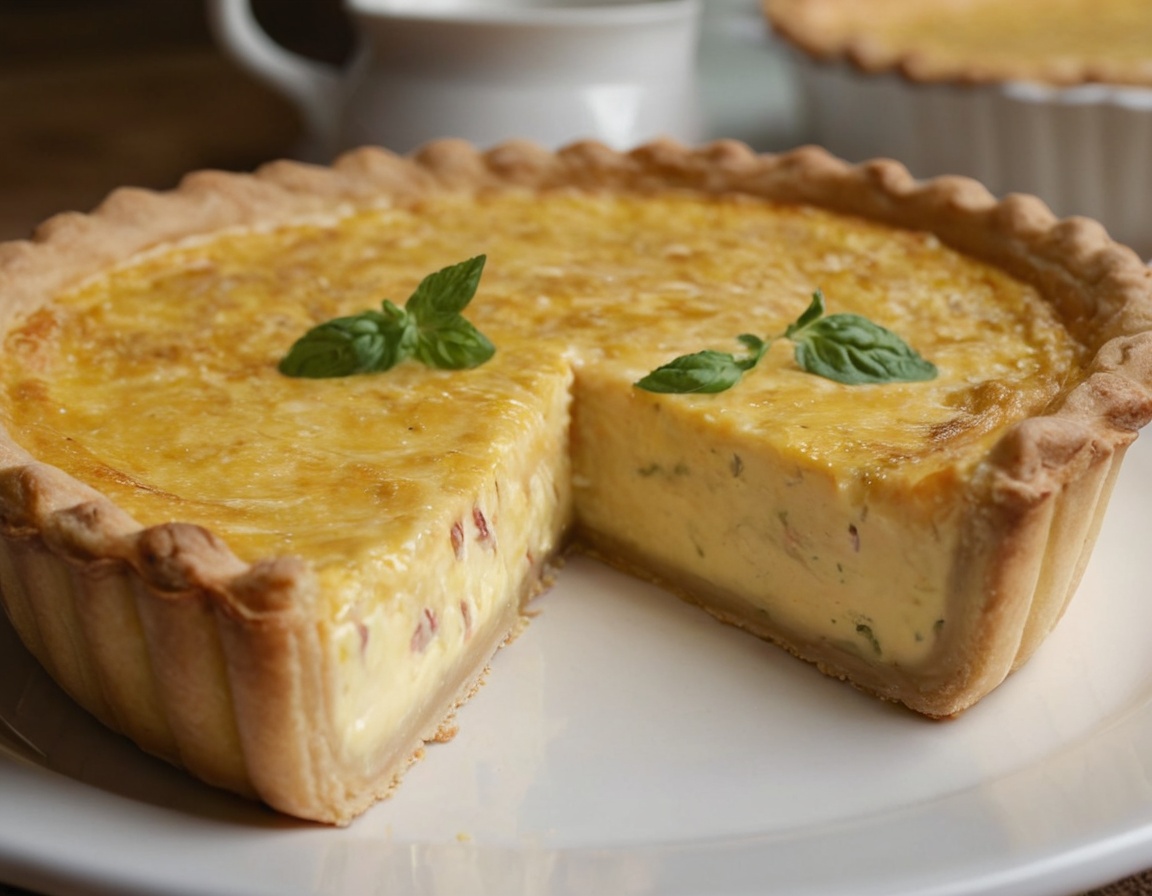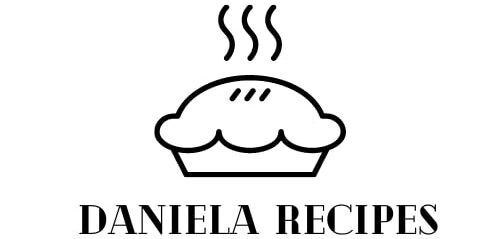
Is Milk Better Than Heavy Cream in Quiche?
Introduction
When it comes to making a perfect quiche, the choice of dairy can significantly impact the final result. The debate between using milk and heavy cream is a common one among home cooks and chefs alike. Each option offers distinct advantages and can alter the quiche’s flavor, texture, and nutritional profile. In this post, we’ll explore the differences between milk and heavy cream, helping you decide which ingredient is better suited for your quiche.
The Role of Dairy in Quiche
Dairy is a key component in quiche, providing the custard-like filling that defines this classic dish. The choice of dairy affects the richness, texture, and overall flavor. Heavy cream and milk are the primary options, each bringing its unique characteristics to the table.
Heavy Cream in Quiche
Richness and Flavor
Heavy cream is known for its rich, indulgent flavor. It adds a luxurious creaminess that elevates the quiche to a decadent level. This richness enhances the custard base, making it velvety and smooth. Recipes like the classic Lorraine quiche often use heavy cream to achieve that signature taste and texture.
Texture and Consistency
The higher fat content in heavy cream—around 36-40%—creates a dense, creamy texture. This helps the quiche filling remain smooth and prevents curdling, even when baked. The result is a custard that’s thick and luxurious, which many people find ideal for traditional quiche recipes.
Health and Nutrition
While heavy cream provides a rich flavor, it also comes with a higher caloric and fat content. Each cup of heavy cream contains approximately 800 calories and 88 grams of fat. For those watching their calorie intake or looking for a lighter option, heavy cream may not be the best choice.
Milk in Quiche
Flavor Profile
Milk, on the other hand, offers a more subtle taste. It doesn’t impart the same level of richness as heavy cream but still contributes to a deliciously creamy quiche. Whole milk, with its 3-4% fat content, provides a lighter alternative that maintains the dish’s creamy nature without being overwhelming.
Texture and Consistency
Using milk results in a lighter quiche compared to heavy cream. The custard base may be slightly less rich, but it remains satisfying. Milk has a lower fat content, which means the texture of the quiche can be a bit more delicate. It may also be more prone to curdling if not properly mixed or cooked.
Health and Nutrition
Milk is a healthier option with fewer calories and less fat. A cup of whole milk contains about 150 calories and 8 grams of fat. For those looking to reduce calorie intake or incorporate a lighter ingredient, milk is a better choice. Reduced-fat and skim milks are even lower in calories and fat, though they may impact the texture and flavor of the quiche more.
Cooking and Baking with Each Ingredient
Stability and Curdling
Heavy cream is less likely to curdle when exposed to heat, making it a stable choice for baking. Its high fat content ensures that the quiche filling remains smooth and uniform. Milk, with its lower fat content, can be more prone to curdling if not handled properly. Ensuring that milk is well mixed with the eggs and other ingredients can help mitigate this issue.
Thickening and Consistency
Heavy cream is effective at thickening the quiche filling, creating a custard that is both rich and stable. Milk, while still effective, might not thicken the filling as much, resulting in a slightly lighter custard. Adjustments to the recipe, such as adding a bit of flour or cornstarch, can help achieve a similar consistency with milk.
Cost and Availability
Heavy Cream
Heavy cream is typically more expensive than milk and may not be as readily available in every household. It’s often used for special occasions or recipes where richness is a priority.
Milk
Milk is generally more affordable and widely available. It’s a staple in many households, making it a convenient choice for those who want a lighter quiche without breaking the bank.
Health Considerations
Heavy Cream
While heavy cream adds richness and flavor, it’s also higher in calories and saturated fats. For those on a calorie-conscious diet or with dietary restrictions, it’s best to use heavy cream sparingly.
Milk
Milk offers a healthier alternative with lower calorie and fat content. It’s a good option for those seeking a lighter quiche without sacrificing taste. For individuals with lactose intolerance, lactose-free milk can be used as a substitute.
How to Choose the Right Ingredient
Recipe Type
The choice between milk and heavy cream often depends on the type of quiche you’re preparing. For a rich, traditional quiche, heavy cream is ideal. For a lighter, everyday quiche, milk is a suitable choice.
Dietary Preferences
Consider dietary needs when choosing between milk and heavy cream. Those looking to reduce fat and calorie intake may prefer milk, while those seeking a richer, more indulgent dish may opt for heavy cream.
Personal Taste Preferences
Ultimately, personal taste plays a significant role. If you enjoy a richer, creamier quiche, heavy cream is the way to go. If you prefer a lighter flavor, milk will suit your needs.
Recipe Suggestions
Classic Quiche Recipe with Heavy Cream
Ingredients:
- 1 pie crust
- 4 large eggs
- 1 cup heavy cream
- 1 cup milk
- 1 cup shredded cheese
- 1 cup cooked and crumbled bacon or other fillings
Method:
- Preheat the oven to 375°F (190°C).
- Place the pie crust in a pie dish.
- In a bowl, whisk together the eggs, heavy cream, and milk until well combined.
- Stir in cheese and any additional fillings.
- Pour the mixture into the pie crust.
- Bake for 35-40 minutes or until the quiche is set and golden brown.
Light Quiche Recipe with Milk
Ingredients:
- 1 pie crust
- 4 large eggs
- 1 cup milk
- 1 cup shredded cheese
- 1 cup cooked and crumbled bacon or other fillings
Method:
- Preheat the oven to 375°F (190°C).
- Place the pie crust in a pie dish.
- In a bowl, whisk together the eggs and milk until smooth.
- Stir in cheese and any additional fillings.
- Pour the mixture into the pie crust.
- Bake for 35-40 minutes or until the quiche is set and lightly golden.
Tips for Perfect Quiche
Mixing Tips
To ensure a smooth custard, thoroughly blend your dairy with the eggs. This helps prevent curdling and ensures a uniform texture.
Baking Tips
Bake the quiche at a moderate temperature to avoid over-browning the crust while ensuring the filling cooks through. A water bath can help maintain even cooking.

Conclusion
Choosing between milk and heavy cream for your quiche depends on your flavor and texture preferences, as well as dietary needs. Heavy cream offers richness and a luxurious texture, perfect for a decadent quiche. Milk provides a lighter, healthier alternative without sacrificing taste. By understanding the differences, you can make an informed choice that suits your recipe and personal preferences.
FAQs
- Can I use half-and-half instead of heavy cream or milk?
- Yes, half-and-half can be used as a middle ground, offering a balance of richness and lightness.
- What if I’m lactose intolerant?
- Lactose-free milk or dairy substitutes can be used in place of regular milk or heavy cream.
- How do I adjust cooking times for different dairy options?
- Generally, cooking times remain the same. However, lighter quiche with milk might cook slightly faster.
- Can I substitute plant-based milk in quiche recipes?
- Yes, plant-based milks like almond or soy can be used, though they may affect the flavor and texture.
- What’s the best way to store leftover quiche?
- Store leftover quiche in an airtight container in the refrigerator for up to 3-4 days. Reheat in the oven for best results.
